Caribou Space, which in the GDA context is leading the programmatic M&E activity, launches on the 3rd of August a new landscape study that explores how satellites are currently used in humanitarian emergencies. Made with the support of the UK Foreign, Commonwealth and Development Office (FCDO) backed Humanitarian Innovation Hub, this report has the ambition of identifying initiatives that could improve the uptake of these technologies, ultimately saving lives across the world.
As highlighted in the report, satellite applications can provide environmental and situational data for more timely decision-making through real-time and predictive modelling, and they provide an accurate representation of what is happening on the ground to allow for confident decisions to be made as quickly as possible to increase the chance of saving lives.
The report takes a broad view of humanitarian emergencies, covering five domains – disasters, health emergencies, food insecurity, conflict and security and population displacement – and highlights use cases ranging from infrastructure mapping and exposure to early warning systems and from humanitarian supply chain management to search and rescue missions. By profiling 500 satellite applications deployed across these domains, researchers have been able to generate insights about the current state of play.
The research involved engaging with a diverse community of humanitarian stakeholders as well as satellite data providers and users to find out what has worked well and areas for improvement. This allowed researchers to identify several barriers that may hinder or delay increased use of satellite applications in the humanitarian sector in the future. These include low user awareness and resistance, inadequate monitoring and evaluation, issues around data availability and access, low levels of technical expertise within the humanitarian sector, and financing for long-term usage and scaling of applications.
The European Space Agency’s GDA programme will address several of the barriers highlighted in the report, as it aims to mainstream the use of Earth Observation technology in development assistance. In collaboration with International Financial Institutions (IFIs) such as the World Bank and the Asian Development Bank, GDA supports the development of products to meet the identified needs of developing country governments in a number of domain areas referenced in this report such as Fragility Conflict and Security, Disaster Resilience, Climate Resilience, and Agriculture. Under a cooperation framework with ESA’s IFI partners, GDA combines innovative product development with associated capacity building activities to ensure that the target users can integrate this technology into their operational decision-making.
GDA Program Coordinator, Christoph Aubrecht said: “I am honoured for having had the chance to contribute to this report as part of the Advisory Board for the research team. Through GDA, the European Space Agency is making an important financial investment into building the knowledge base and strengthening operational capacity within developing country governments to support policymakers with the significant development and humanitarian challenges they face. We hope that this important report will lead to even more investment from both the private and public sector and to the formation of new partnerships so that we can get closer to realising the full potential of satellite technologies during times of crisis.”



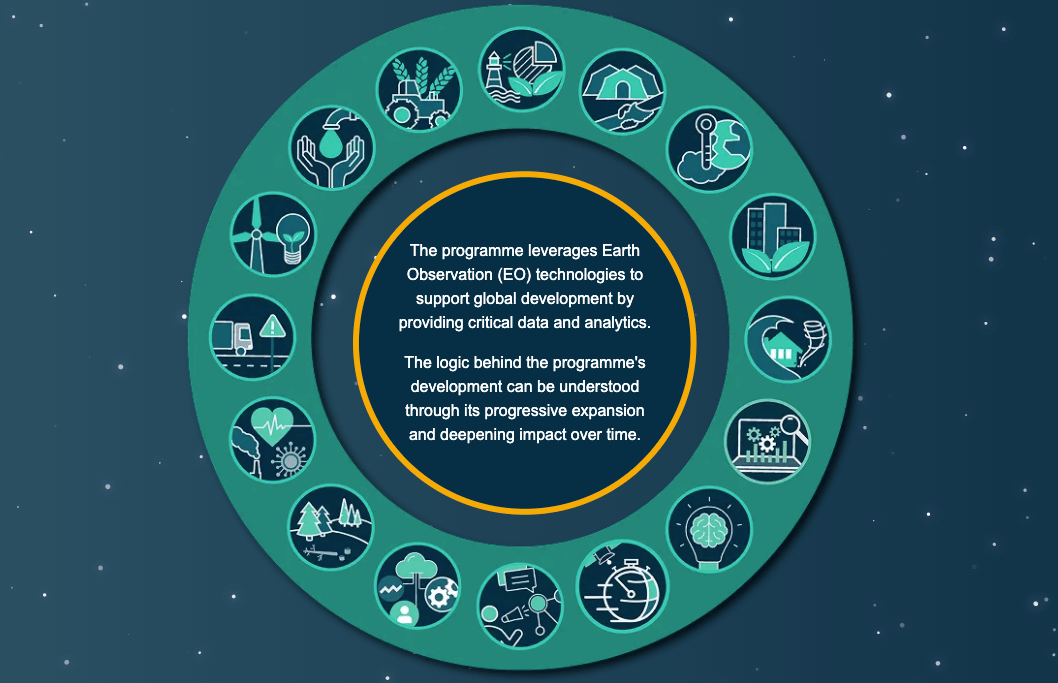



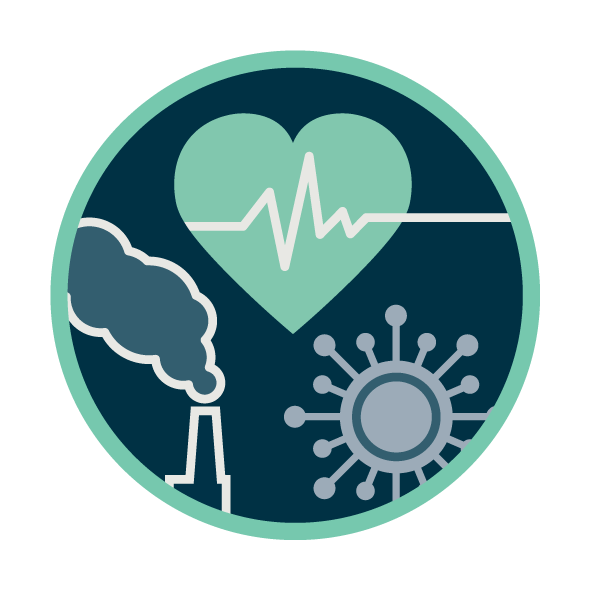

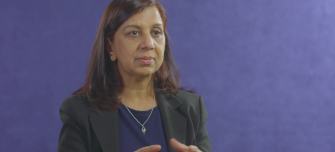

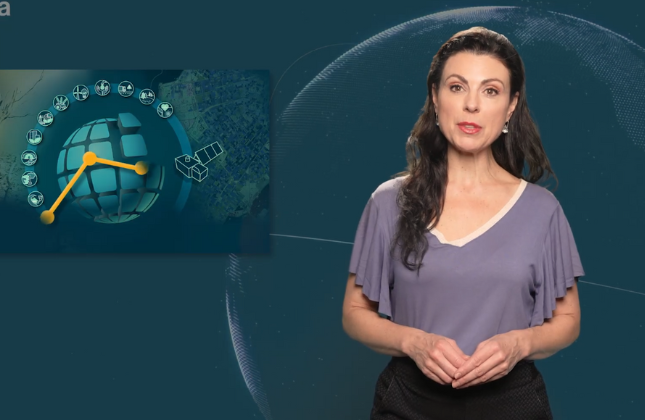
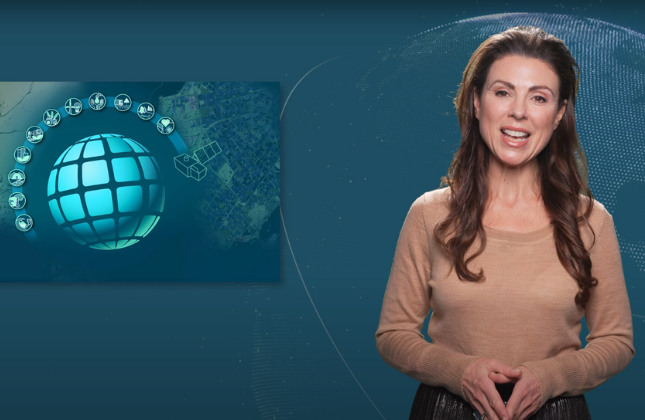
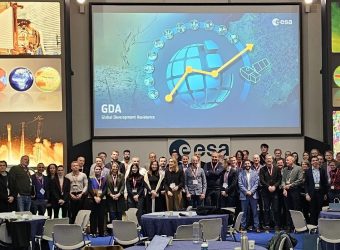
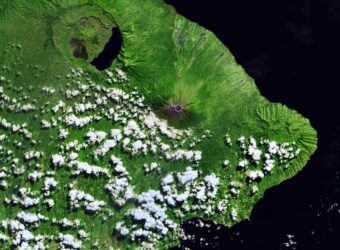

![[Video] Leveraging Development Finance – Procurement Insights](https://gda.esa.int/wp-content/uploads/2022/12/ME-webinar-WB-340x250.jpg)